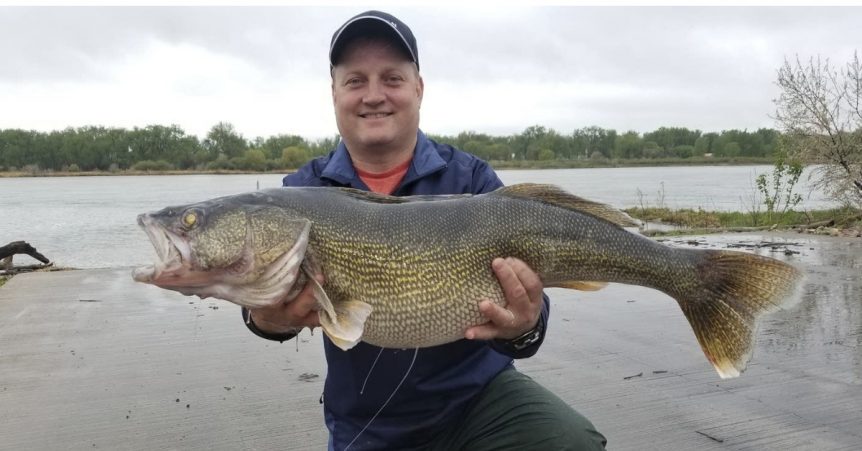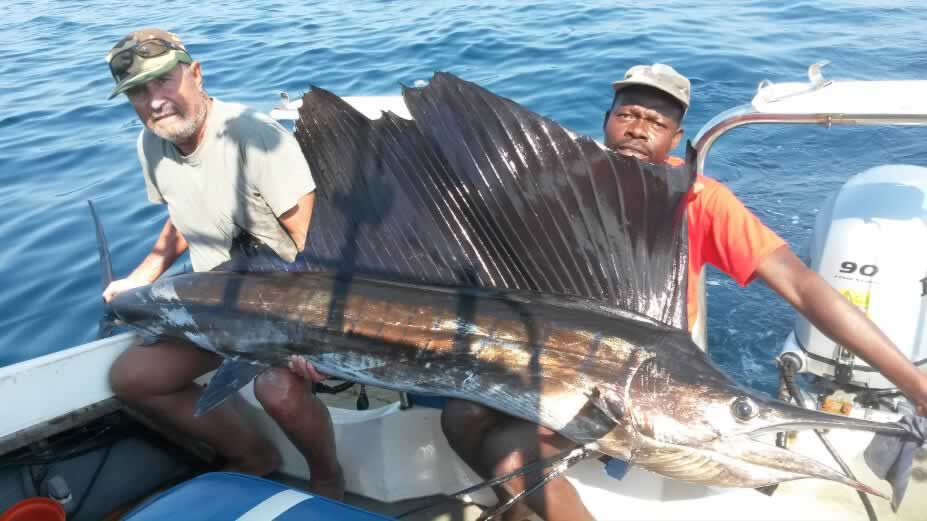
Walleye that live in reservoirs often lack the natural behaviors of their lake cousins. Since reservoirs are man-made and often hand-stocked, the fish have adapted to their surroundings differently. Natural instinct is still a powerful force and even reservoir walleye are victims to it. Just don’t be surprised if you find the fish where you least expect them to be.
Winter time fishing for walleye can be an interesting endeavor when fishing a reservoir. Most walleye head upstream during the fall. Reservoir walleye don’t have that luxury so many will often congregate on the upper part of the reservoir.
This is in contrast to walleyes in places like Lake Erie that spawn on shoals and in rivers.
Most ice fishermen will concentrate their efforts here. Many walleye will winter in these spots but not all. If you want to increase your success level, you will need to diversify your efforts.
By all means, drop two lines in this likely hot zone. Also drop other lines through the ice in other parts of the lake. Your will have less competition and will be more likely to find the trophy size walleye.
Finding other places to drop line will take some guess work when the reservoir is covered with ice. Visit spots that held unexpected walleye during the warmer months. The results may be surprising.
As the ice starts to melt, walleye have two things on their mind; mating and eating. Walleyes that live in natural waters begin their dusk to dawn activity pattern very quickly. Reservoir-raised walleye are slightly different. They are more likely to be active throughout the day during early spring.
As the water and weather heat up, these walleye will return to a more normal dusk to dawn pattern. Again, not all the walleye will comply with this. When fishing on a reservoir, you may find walleye action anytime of day.
Since these walleye behave differently, one of the best ways to fish a reservoir is by trolling. Trolling allows you to cover a good amount of area with a minimal effort. If that particular state allows it you should set-up multiple lines at various depths. This will help narrow down your search even further.
Make sure that you cover the water in a set pattern as you troll. Keep your speed fast enough to incite a strike but slow enough to react when you get a strike. Once you have found active walleye, you can park the boat switch to a presentation like jigging or bottom bouncers. The nice thing about Reservoir Walleye is that once you find them they are easier to catch than other walleye.
Catching walleye in a reservoir needs to strike a balance between what should and should not be. Expertise in walleye behavior will only get you so far when fishing in a reservoir. These walleye are easier to catch but far less predictable.

